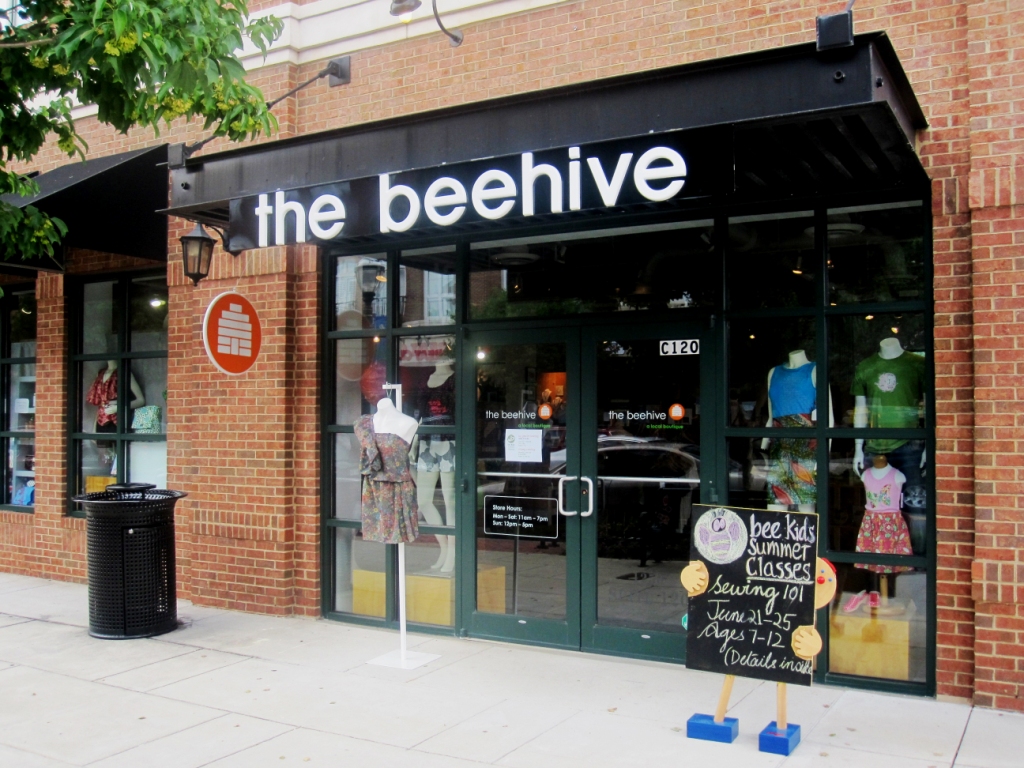 The beehive has a not-so-subtle agenda: all local, all the time. Offering classes and events in addition to its homegrown designs, community enrichment is front and center at the handmade co-op – an Atlanta treasure for eight years. In addition to their one-of-a-kind status, the products are also reasonably priced and of sublime quality. Jewelry,
The beehive has a not-so-subtle agenda: all local, all the time. Offering classes and events in addition to its homegrown designs, community enrichment is front and center at the handmade co-op – an Atlanta treasure for eight years. In addition to their one-of-a-kind status, the products are also reasonably priced and of sublime quality. Jewelry,
kid and baby items, housewares, paper goods and apparel are all tucked away in the spacious store.
Since acquiring the creative gem and setting up shop in Edgewood Plaza in 2010, owner Malene Davis has worked tirelessly to keep it sparkling. But she’s more than a creative maven—a background in the legal realm helps her keep things afloat. And the vendors? They benefit from her business know-how, too. The beehive doesn’t merely give designers a place to display their wares. Members are developing brand identities, growing and succeeding.
CommonCreativ sat down with Davis to soak up tips for finding a niche, and to learn why the bee (and the city it serves) makes her smile.
CommonCreativ: What’s your mission statement?
Malene Davis: The beehive was created as a place for local designers to come together, learn from each other’s successes and mistakes, and expand their market share and visibility. There have always been boutiques carrying handmade design. But the beehive was the first in Atlanta to focus solely on the local designer.
CC: What else makes the beehive unique?
MD: While happy to work with local businesses, we aim to keep all growth in-house. Only designers work to greet and help customers—we’re adamant about that direct line. In fact, we encourage designers to put out marketing materials so customers can reach them. Customization is part of what a designer offers when they join the beehive. Want a different shape, size or color? We’ll do it. No problem. That’s the beehive.
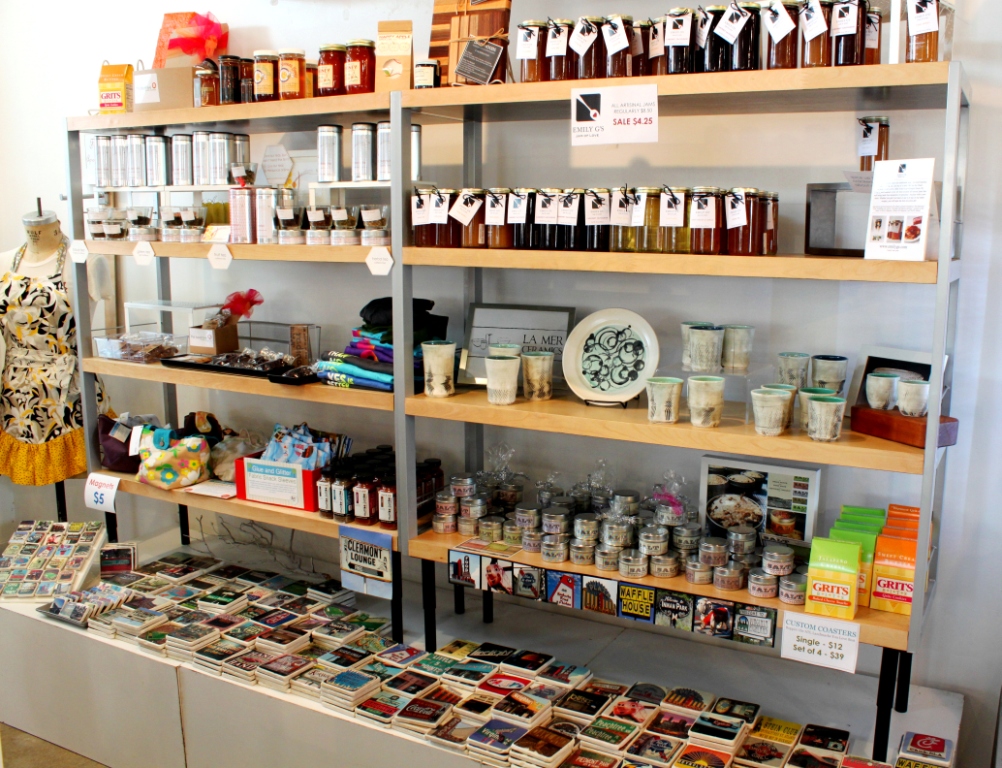 CC: How do you choose vendors?
CC: How do you choose vendors?
MD: Potential designers may go online, see our rates (store space is rented) and apply. To stay competitive and original, we mainly accept designers with products under-represented in the store. I encourage you to scout out any store where you’d like to sell. For example, we don’t sell anything with rhinestones or crystals—if you make jewelry with them, we’re probably not the best fit. It has to look “beehive,” fit the overall vibe of the store and be a fresh take.
CC: The beehive is an excellent platform for local entrepreneurs. Do you have any tips for new designers?
MD: Your business is a business—look at it that way from the start. If you truly want to make a viable living on your creations, consider yourself a competitor in the entire marketplace (including big-box stores). You are no longer special because you have the talent to make a craft. The world of handmade design is crowded. You must know what to do with that craft once you’ve made it. Create a branding item. It’s the single, identifiable design that everyone instantly knows you created. Set yourself up as a potentially viable brand by appearing established, even if you’re a one-person operation. Many of us are. When new designers come to me with a great product, but don’t have a website, nice photos, or brand name, they have some work to do before they’re ready to enter the marketplace. If you look at other people’s creations and say, ‘I could make that’, stop. Look within, modify what inspires you and create.
CC: With a business background, what sparked your creativity?
MD: My creativity comes from my family—100 percent. Although also in the corporate world, they have great creative bones. Being musicians, experiencing other cultures and crafting have always been strong parts of our family. Ultimately, creativity won the battle and now I’m the proud owner of a creative business!
 CC: Your space is chock-full of sweet design—balancing functionality and quirkiness. Is it difficult to not take most of it home?
CC: Your space is chock-full of sweet design—balancing functionality and quirkiness. Is it difficult to not take most of it home?
MD: First of all, thanks so much! It takes a lot of time to curate the perfect mix. We want to be fully approachable to everyone. I want you to bring your mother, grandmother and daughter into the store, and all walk away with something you love. We like to say we stay very busy working in the store so we don’t take everything home.
CC: What is most challenging?
MD: Learning when to say no to people I care about. With 90 designers, there are daily demands that—if not closely controlled—could allow us to veer off image. Maintaining brand integrity, without compromising my vendors’ happiness, is the greatest challenge. Thankfully, I’ve successfully tackled it thus far.
CC: And what makes you grin?
MD: Seeing a brand new designer who simply made things as a hobby turn their business into a successful enterprise. The banding together of small local businesses and the loyalty of customers who truly believe in shopping local is rewarding too. Community really can, and does, exist.
CC: What local projects inspire you?
MD: The Creatives Project at the Goat Farm. And I love, love, love what the young people at We Care Academy are doing with arts and literacy for underprivileged kids in Atlanta. On a different note, I love the new Atlanta Food Truck Park on the Westside. A steady expansion of the food arts spreads the local-love mentality.
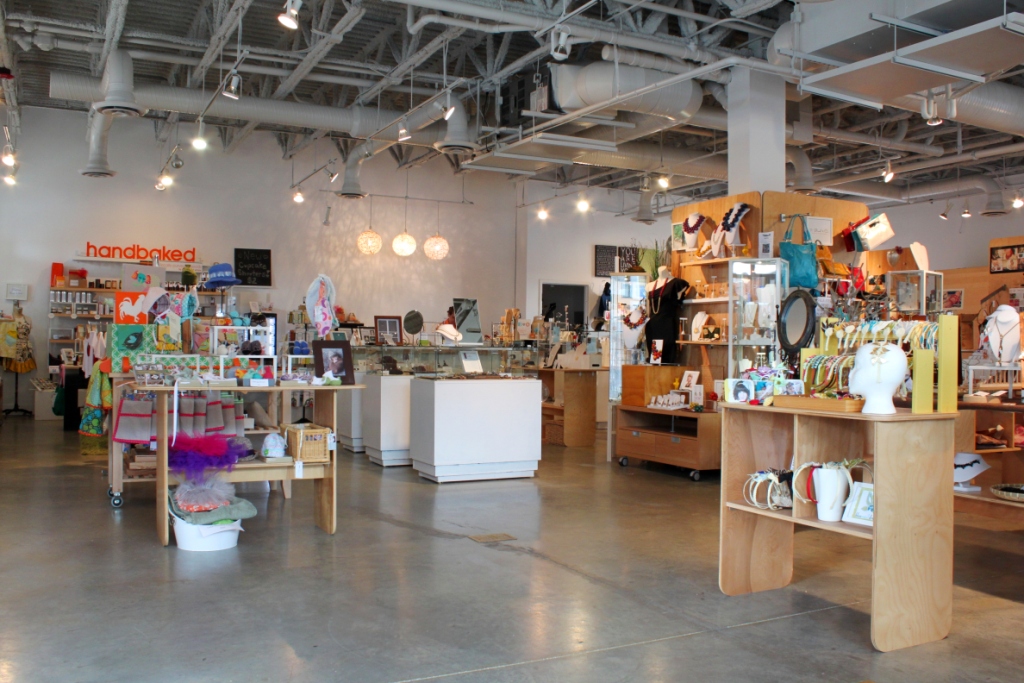 CC: You are immersed in the ATL creative scene. How would you describe it?
CC: You are immersed in the ATL creative scene. How would you describe it?
MD: Atlanta has a confusing cultural dichotomy—it allows someone who loves the small town mentality to have it all in a big city. We’re a city that believes in small community, farm-to-table, shopping local. But we also love fancy cars, restaurants, and being the Hollywood of the South.
We’re artsy, hipster, regal, traditional, southern belle and business-minded. I have daily proof being creative doesn’t mean you have to fit into one mold. You can be any age, color, nationality, belief, fit into various counter-cultures and still create a product that everyone wants to own. We’ll welcome you. And teach you how to do it successfully.

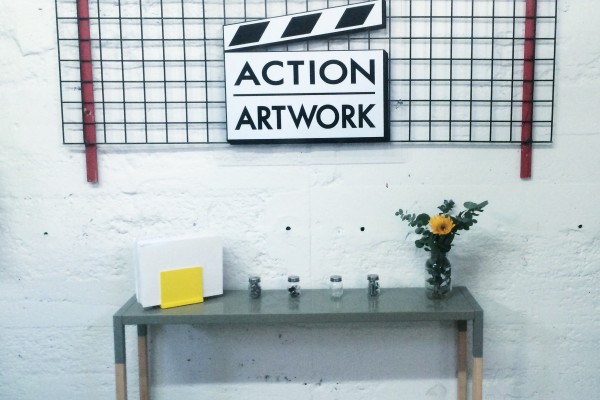
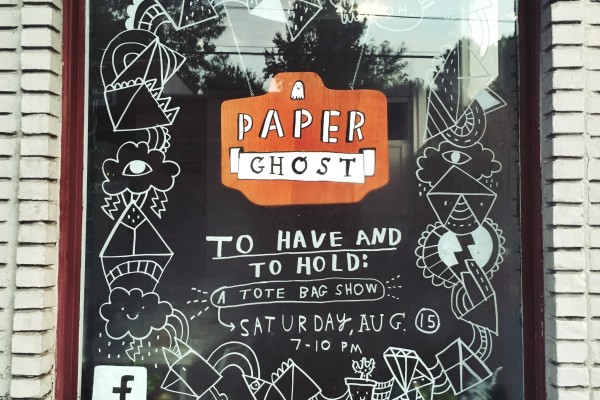

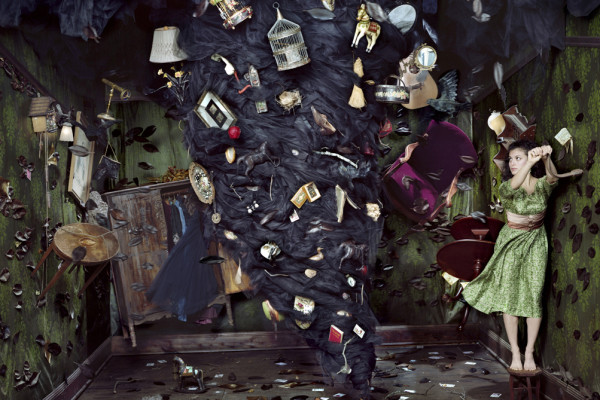
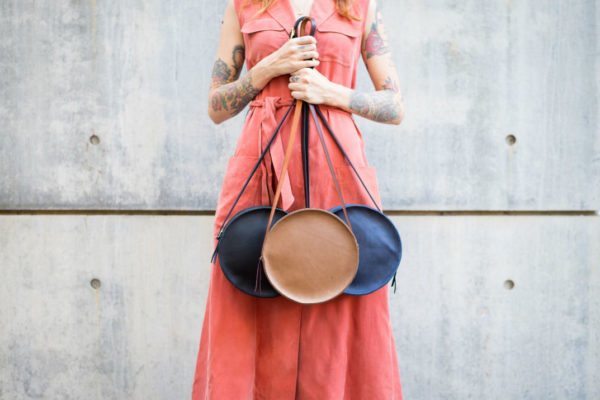
Joanne Wagoner
This store sounds so interesting; I wish I could shop there. But…I live in Chicago. Next time I visit Atlanta, it is a definite stop for me.